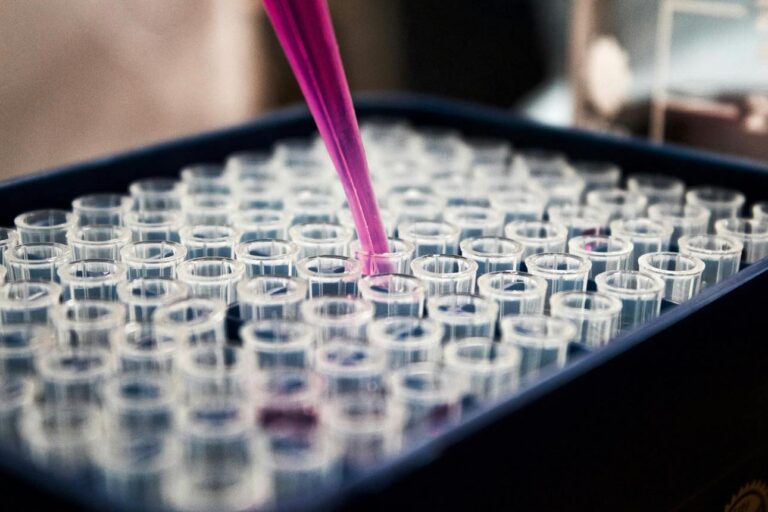Similarities:
Before exploring the differences, it’s essential to acknowledge the shared benefits of BPC-157 and TB-500:
- Enhanced wound healing
- Anti-inflammatory effects
- Improved muscle growth and strength
- Neuroprotective properties
Differences:
- Origin and Structure
- BPC-157: Derived from gastric juice protein, comprising 15 amino acids
- TB-500: Synthetic peptide derived from thymosin beta-4, consisting of 43 amino acids
- Mechanisms of Action
- BPC-157: Stimulates growth factors, enhances collagen synthesis, and promotes cell survival
- TB-500: Stimulates cell migration, differentiation, and angiogenesis
- Healing Process
- BPC-157: Accelerates wound healing through enhanced collagen synthesis and tissue repair
- TB-500: Enhances angiogenesis, promoting blood vessel formation and oxygen delivery
- Muscle Growth and Strength
- BPC-157: Stimulates muscle cell proliferation and differentiation
- TB-500: Enhances muscle growth through increased angiogenesis and satellite cell activation
- Neuroprotection
- BPC-157: Demonstrates neuroprotective effects through anti-apoptotic mechanisms
- TB-500: Exhibits neuroprotective properties through enhanced angiogenesis and neuronal survival
- Half-Life and Stability
- BPC-157: Shorter half-life ( approx. 2-3 hours), requiring more frequent administration
- TB-500: Longer half-life (approx. 4-6 hours), allowing for less frequent administration
Potential Therapeutic Applications
- BPC-157:
- Gastrointestinal health
- Wound care
- Musculoskeletal disorders
- TB-500:
- Cardiovascular health
- Neurodegenerative diseases
- Orthopedic applications
Conclusion
While BPC-157 and TB-500 share similar benefits, their distinct differences in origin, structure, mechanisms of action, and potential applications underscore the importance of understanding each peptide’s unique profile. Further research is necessary to fully explore their therapeutic potential.
*Important Note:
Both BPC-157 and TB-500 are currently classified as research peptides and are not approved for human consumption. Consult a healthcare professional before using any peptide or supplement.
References:
- [1] Goldstein AL, et al. (2012). Thymosin beta-4: a multi-functional regenerative peptide. Expert Opin Biol Ther, 12(1), 23-33.
- [2] Kumar VA, et al. (2015). Thymosin beta-4 promotes wound healing by enhancing angiogenesis and collagen synthesis. J Surg Res, 193(2), 523-531.
- [3] Sikiric P, et al. (2018). BPC-157: a potential therapeutic agent. J Clin Med, 7(12), 535.






